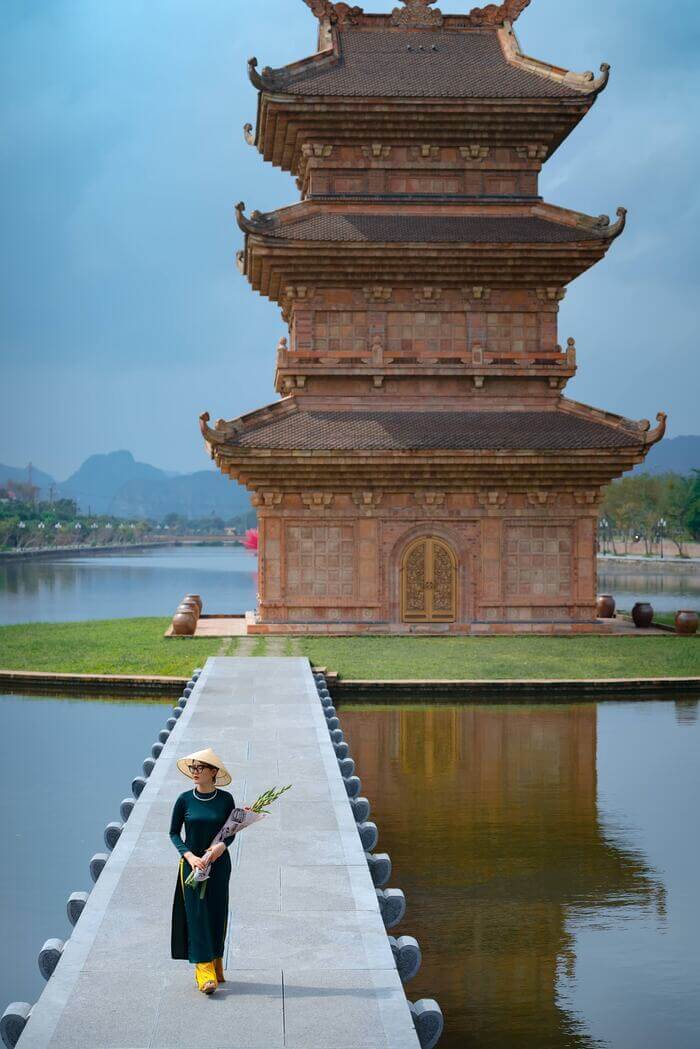Hoa Lu Pagoda
Overview
Hoa Lu Pagoda is a historic Buddhist temple located in Hoa Lu Ancient Capital, Ninh Binh Province, Vietnam. The pagoda is nestled in a peaceful valley, surrounded by limestone mountains, and is part of the ancient capital that was once the heart of Vietnam’s early dynastic history.

History and Significance
Hoa Lu Pagoda has a long history dating back to the 10th century when it was first built during the reign of the Dinh Dynasty. It served as the religious center during the Dinh and Le dynasties, and despite facing numerous challenges throughout the years, the pagoda remains a testament to the enduring cultural and historical significance of Vietnam’s early kingdoms.
Architecture and Highlights
The pagoda is known for its traditional architecture and serene surroundings. Some of its notable features include:
-
The main temple, which houses statues of Buddha and other religious figures.
-
The ancient architecture, reflecting the distinct style of the Dinh and Le dynasties.
-
The tranquil setting, surrounded by lush greenery and dramatic limestone mountains.
-
The peaceful atmosphere, making it an ideal place for meditation and reflection.
Location and Access
Hoa Lu Pagoda is located in the Hoa Lu Ancient Capital area in Ninh Binh Province, about 100 km south of Hanoi. It is easily accessible by road and is often visited in conjunction with nearby attractions like Tam Coc and Trang An. The location adds to the pagoda’s historical charm, offering visitors a glimpse into Vietnam’s rich past.
Cultural and Spiritual Importance
As a site of significant cultural heritage, Hoa Lu Pagoda continues to be an active center for Buddhist worship. It attracts both pilgrims and tourists, offering a peaceful and reflective space. The pagoda is also an important part of the historical legacy of the ancient capital, reflecting Vietnam’s early religious and royal traditions.

